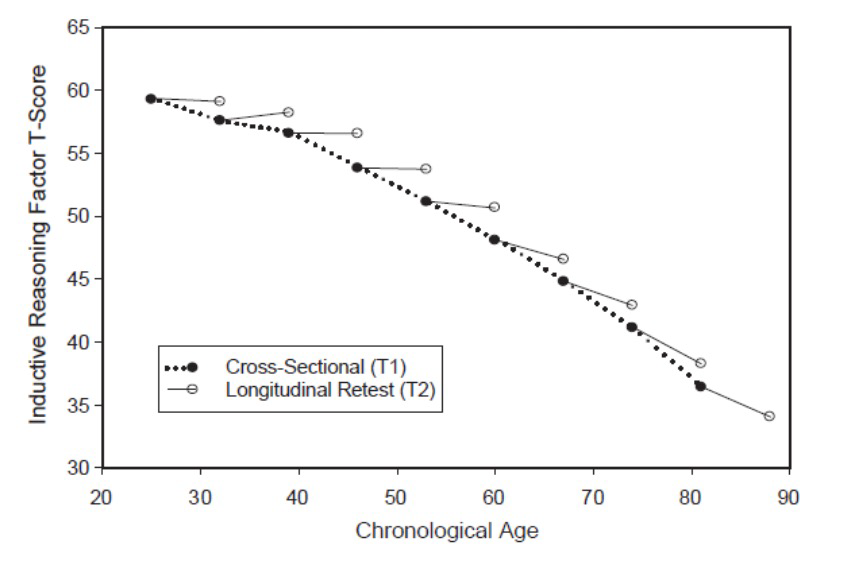Mock abstract exam
Part 1
What is the main aim of the research reported in this paper?
Define method and clarify why this method is used in the study
give background information on aim
What are the main findings of this research? How could the authors further investigate them?
state the main finding
Discuss future research in the context of the current research
Are the authors’ conclusions supported by the data? Discuss possible confounding variables.
state if the data support the conclusion.
fully consider all confounding variables
The authors report there was no significant main effect of stimulation, with an associated p-value of p = 0.97. What would the conclusion be if the p-value was 0.50?
answer the question but provide context
show off your additional knowledge of the subject
Using your own words, describe the following:
Part 2
The results obtained in this paper. Include in your answer a brief indication of the methods used
State the major findings. 30 marks.
Give key details of the methods
think more broadly -replication crisis in cognitive neuroscience is relevant here
The significance of the results for understanding cognitive neuroscience
Neural underpinnings of cognitive ageing
Objectives
What is cognitive ageing and when does cognitive decline begin?
Cognitive decline
individual- differences approaches to studying the neural basis of cognitive ageing

Why do cross-sectional and longitudinal ageing studies give different results?
- Cohort differences (the Flynn Effect)
• Problem for cross-sectional studies - Nonrandom attrition
• Problem for longitudinal studies - Practice effects
• Problem for longitudinal studies
Neural underpinnings
Average brain changes between 73 and 76
- Grey matter volume: -.07 SDs/year
- Normal-appearing white matter volume: -.10 SDs/year
- White matter hyperintensity volume: +.11 SDs/year
- General fractional anisotropy: -.09 SDs/year
- General mean diffusivity: +.34 SDs/year
Coupled brain/cognitive changes - summary
- Volume declines across the lifespan
- Of volumetric results, best cognitive predictor/coupling is often white matter hyperintensities (pathology)
- White matter microstructure changes alongside fluid intelligence
- Some unexpected results (no coupled change between white matter and processing speed)
- Larger studies required
Next steps
Increase power
- Larger, longer studies with additional waves?
Get specific
Brain networks rather than broad measures?
Spatial interaction of hyperintensities and healthy white matter?
Find predictors
- Early-life rather than old-age?
Add genetics
- Polygenic scores to predict brain or cognitive changes?


